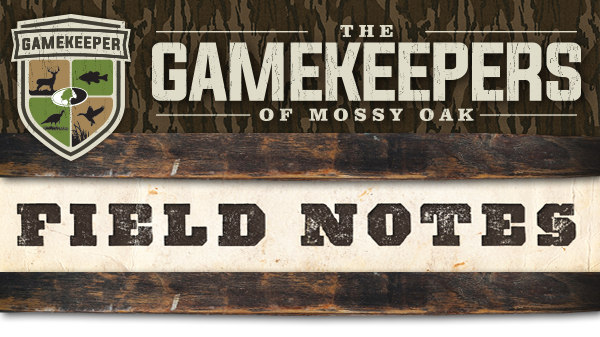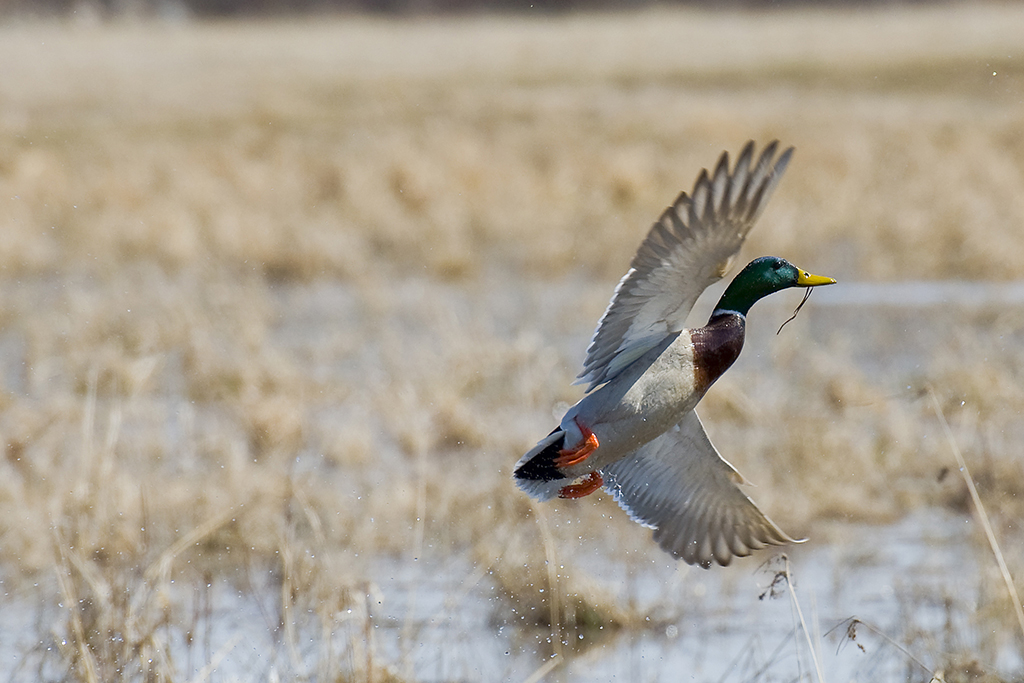While growing up as a young boy I always dreamed of flocks of greenheads dropping in the decoys and the smell of freshly fired shotguns shells. The anticipation of the experience was captivating to a boy who grew up shooting wood ducks.
After moving to Mississippi it didn’t take me long to fall in love with every aspect of duck hunting. It merges friends and conversation with fast flying targets that challenge anyone’s wing shooting skills. Add a seasoned caller to the group and watching ducks work into your decoys is a perfect way to spend a morning. A good retriever is the icing on the cake. The best I’ve ever seen was a black dog named Jake. He belonged to Neill Haas, but hunted with Toxey many, if not most mornings. That dog was amazing and the duck blind just is not going to be quite the same without him. Many of us, including myself, have pups from Jake. If they can be half the dog Jake was, they’ll be keepers.
The point of my article is not to look back at the past, but to share what’s so much fun and what we’ve found that works to attract waterfowl. We have a product called Guide’s Choice that we love to plant for waterfowl. It’s a blend of a selected variety of Japanese millet, mixed with a calculated percentage of a selected variety of grain sorghum. This blend works.
Planting Guide’s Choice
We typically plant in July and August and the summer afternoon thunderstorms play a big part in helping make this crop. It can also be planted in a field scenario like a traditional food plot – where you disk, broadcast seed, then fertilizer and cultipack, but fields or impoundments that can be flooded are ideal. Low areas of a field that flood when creeks or rivers get out can become waterfowl hotspots.
In the south, beaver ponds that dry down in the summer months can be planted and ready for action when the winter rains fill them back up. These same beaver ponds can be drained with a little help from a potato rake and the expertise of a demolition specialist. It’s amazing how much water a beaver dam can hold back and how fast the same pond can be drained once the dam is blown. Plant the mud flat that’s created and for the next few months tear out any new construction to allow the plants time to establish and get some height. At some point allow the beavers to do what they want again and they’ll fill your pond back and it will be full of what we lovingly call “duck groceries.”
Guides Choice typically takes 60 days to mature, but we have seen it make a seed head in as little as 45 days. It loves to have its roots damp and thrives in the bottom environments.
 Spraying Weeds in Guide’s Choice
Spraying Weeds in Guide’s Choice
The BIG SECRET – we have learned that once you get the Guide’s Choice planted and growing, if you will spray a broadleaf killer like 2, 4-DB you can control a lot of unwanted vegetation like sesbania and cockleburs that don’t produce anything the ducks want. This is easily done and it’s not expensive, but can make a huge difference in the productivity of the crop and the hunting spot. Small ATV sprayers like what Chapin Outfitters make, all the way to larger tractor-pulled or even commercial sprayers can easily control weeds for you. Invest in a unit or contact your local farm supply for commercial applicators.
Using Seed Coat
We’ve also learned that Guide’s Choice benefits from being treated with a pack of Seed Coat. I have seen the difference firsthand. It’s like the plants are 2-3 weeks ahead of untreated plants. Seed Coat works but is especially visible on plants that you are growing for seed head production. Toxey Haas probably plants more waterfowl holes than anyone I know, some to hunt and some as pure sanctuaries. Early on he realized that food is a major key to attracting and holding waterfowl. You see ducks imprint on an area. If they find something they like, they’ll be there and invite their buddies. By allowing them to find food and by managing the hunting pressure you can insure a positive imprint. Toxey’s secret to success is two-part – simply overwhelm them with food and manage the hunting pressure.
Corn is tough to beat for waterfowl attraction but it can be tough to plant in smaller holes and deer and raccoons claim a high percentage. Soybeans are a great source of energy for water-fowl but tend to deteriorate rapidly in water. Keep this in mind. You’ll want to have feed early, mid and late season. Ideally you would flood in stages so you are constantly adding fresh flooded food for the ducks to eat…and don’t forget about after the season. You’ll want to have water and food available for migrating ducks moving back north.
Army Worms
Last, but not least, watch for army worms. These pesky worms can eat their way through a crop in a few days and ruin your efforts if left unchecked. Just like they can eat fall planted food plot for deer. They love tender new plants and farmers have fought them since the Indians grew maize.
Being a gamekeeper isn’t easy. But let me make this point perfectly clear – “It’s all worth it.” Being in a blind with friends and a loyal dog and shooting ducks is so much fun. Sitting in a deer stand and hearing mallards feeding on your duck pond is a real treat anytime. Add some diversity to your property and plant for more than just deer. Having diverse wildlife on your property enriches the experience. This isn’t about selling seed…it’s about doing what’s right for the wildlife on your property even if you don’t hunt them. Creating biodiversity is a good thing. Enjoy the fall flight.
Join our weekly newsletter or subscribe to GameKeepers Magazine.
Your source for information, equipment, know-how, deals and discounts to help you get the most from every hard-earned moment in the field.





0 Comments